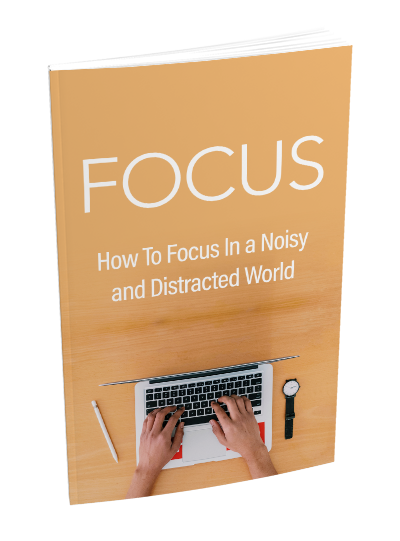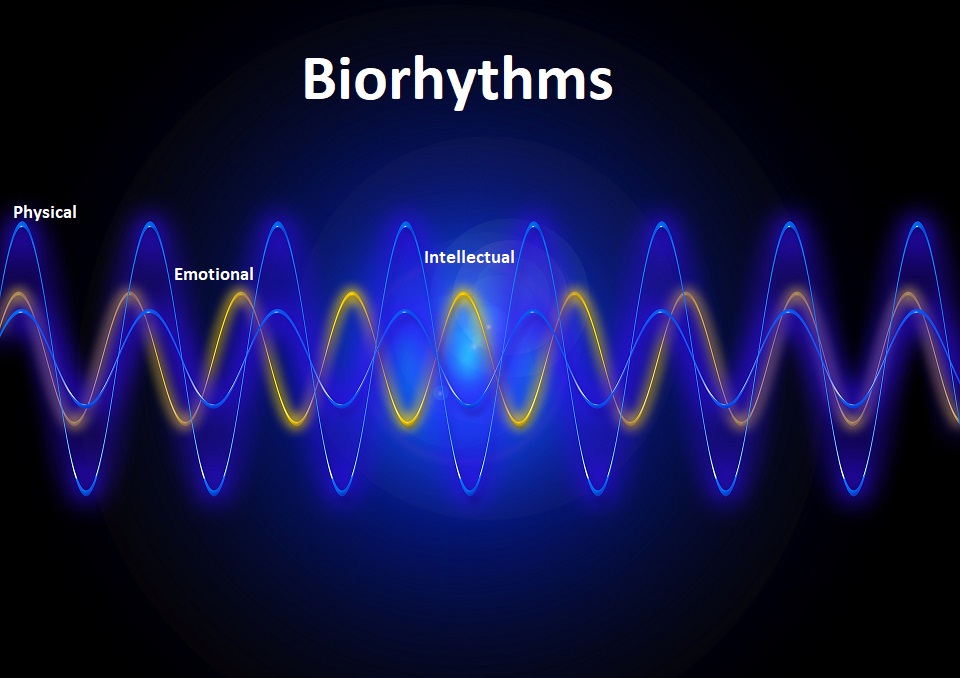Free Training & Career Tips... Subscribe to Get Weekly Career Tips

By Subscribing You are Agreeing to Terms and Conditions
According to the theory of biorhythms our daily lives are affected by rhythmic biological cycles that influence our abilities in various areas that involve mental, physical and emotional activities. These cycles commence at birth and oscillate in a continual sine wave manner throughout life and involve periods of exactly 23, 28 and 33 days.
Biorhythms are unique to each individual, work in cycles that govern every aspect of our lives from our health to our mental state and influence how we cope in challenging situations.

The physical biorhythm, which runs in 23-day cycles relates to physical strength, durability, stamina, courage, resistance and so forth.
The emotional biorhythm runs in 28 day cycles and involves emotional stability, feeling, mood, susceptibility, intuition and creativity.
The intellectual biorhythm runs in 28 day cycles and relates to intellectual activities such as thinking, judging, analysing and concentration.
In a nutshell, biorhythms govern our health, emotional state, decision-making ability as well as our reflex actions. It is thought that if we understand the interactions of our own cycles, we can plan our activities around the high as well as the low points of these cycles. This ensures that we maximise our potentials around the high points and that we avoid potential pitfalls such as making poor personal or business decisions around the low points.
The theory behind the study of biorhythms dates back to fourth-century Greece, where, during treatment, physicians studied the cycles of their patients. Yet, it was only at the turn of the 20th Century that Dr Wilhelm Fliess, a German ear, nose and throat specialist determined the existence of the biorhythm cycles. At around the same time, alongside Dr Fliess, the existence of the biorhythm cycles was also confirmed by Hermanna Swoboda, professor of psychology at the University of Vienna.
Biorhythms became a popular interest in the 1960s, 1970s and 1980s but the phase soon petered out. Yet, recent renewed interest in the topic has given us the opportunity to once again explore how the natural cycles of our bodies can enhance our daily lives.
Many resources are available on the Internet that one can use to become more acquainted with how our biorhythms actually work. Click here to calculate your biorhythms.
As individuals, we have a pretty good idea of how our internal rhythms play out in our lives. For instance, some people are ‘morning people’ – when they are up, they are up. Morning people, while alert when they first awake usually start to become steadily less functional towards the end of the day. Conversely, others may be ‘night owls’ – these people thrive on ‘later’. They eat later, work later, go out later and literally come alive later. Hence, their productivity levels peak when morning people are ready to call it a day.
Discussing the implications of biorhythms, as individuals and as teams, can be a potent driver of productivity, creativity and increased morale. Hence, taking into account the importance of the body’s natural rhythms can significantly benefit overall performance.
Individuals can be more productive and able to perform better if we do away with the one-size-fits-all approach to working hours and embrace the natural rhythms of our own bodies.
Ask yourself these questions: At what point during the day do you feel most energetic? When do your energies start to wane? What works best for you when you need a pick-up? Monitor yourself over a period of a few days and take notes. In this way, you will find that a distinct pattern emerges. For instance, you may want to take that walk around the block at 12pm. Or you may feel comfortable going to the gym at 6.30am before you start your work day. The more you embrace the rhythm that makes you feel most productive and creative, the more productive and creative you will be.

Taking into account the biorhythms of everyone on your team you will be able to get the best out of everyone when they are at their best. You will maximise your competitive advantage as you will get the best out of everyone on your team around the clock, based on their own biorhythmic clocks.
Copyright text 2024 by Business Optimization Training Institute.